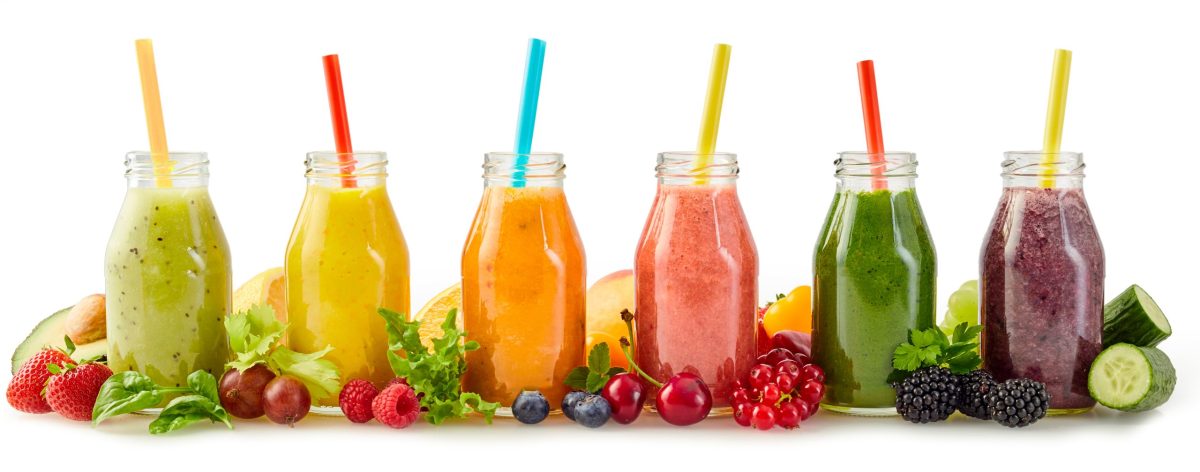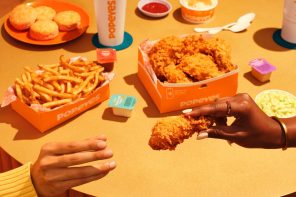As the restaurant sector shifts back into gear, catering to younger health-conscious consumers could help the industry return to its former glory, as new research shows that more than a quarter of customers would be happy to pay premium prices for healthier products.
Conducted by the University of South Australia, Flinders University and the University of Otago, the study showed that 27 percent of consumers would pay nearly double the price for ‘healthy’ drinks that contain low/no sugar, natural/no additives, or vitamins and minerals.
In a study of more than 1000 consumers from Australia and NZ, researchers also found that younger consumers (aged 18-24 years) were more likely than older diners to be interested in healthy drinks. And that those who ate out more often, were more willing to pay a larger premium for the privilege.
It’s a welcome finding for a sector that’s been hit hard by the pandemic, but it’s also a step in the right direction in terms of public health, said lead researcher UniSA’s Associate Professor Rob Hallak.
“As COVID-19 restrictions ease, many people are re-embracing the café lifestyle. But hand in hand with increased patronage comes a long-standing criticism that the sector provides food and drinks that are too high in fat, salt, and sugar,” said Assoc Prof Hallak.
“While nutritional content in foods has gradually improved over the years, drinks that are high in sugar and calories are still prevalent in the restaurant and café sector.
“Our research shows that there’s a relatively untapped market of younger, health-conscious consumers, particularly in relation to drinks.
“By tackling the beverage ‘health dollar’, the sector would not only benefit from the profits but also demonstrate proactive support for Australia’s new National Obesity Strategy announced earlier this year.”
In Australia, obesity contributes to a range of chronic health conditions including cardiovascular disease and Type 2 diabetes. Two in three Australian adults (67 percent) and one in four children (25 percent) are currently considered overweight or obese. In New Zealand, obesity affects one in three adults (35 percent) and one in eight children (13 percent).
In this study, more than 1000 consumers from Australia and NZ were surveyed, revealing that those who ate out at least once per week were inclined to pay more for healthy drinks, and those who ate out more often were willing to pay a larger premium.
Associate Professor Ilke Onur from Flinders University says evidence of strong consumer demand should drive innovation and product development.
“Our study highlights the need for a collaborative effort among government, beverage manufacturers, and the hospitality sector in increasing the variety and supply of healthy product options,” said Assoc Prof Onur.
“By developing new products that are healthy, taste good, and reasonably priced, the takeaway and dine-in restaurants could reinvigorate the sector.
“Hospitality firms and beverage manufacturers are dealing with well-informed consumers who read product labels and assess ingredients and additives. So, the healthiness of the product must be scientifically supported and validated by reputable bodies.”
Co-researcher Dr Craig Lee from the University of Otago agrees.
“Drink sales represent up to 40 per cent of foodservice revenues. By improving the healthiness of dining out (or eating in) across the entire menu, including drinks, restaurants could really capitalise on this opportunity,” said Dr Lee.
“It will be interesting to see who moves first in this space; the market is right there for the taking.”






